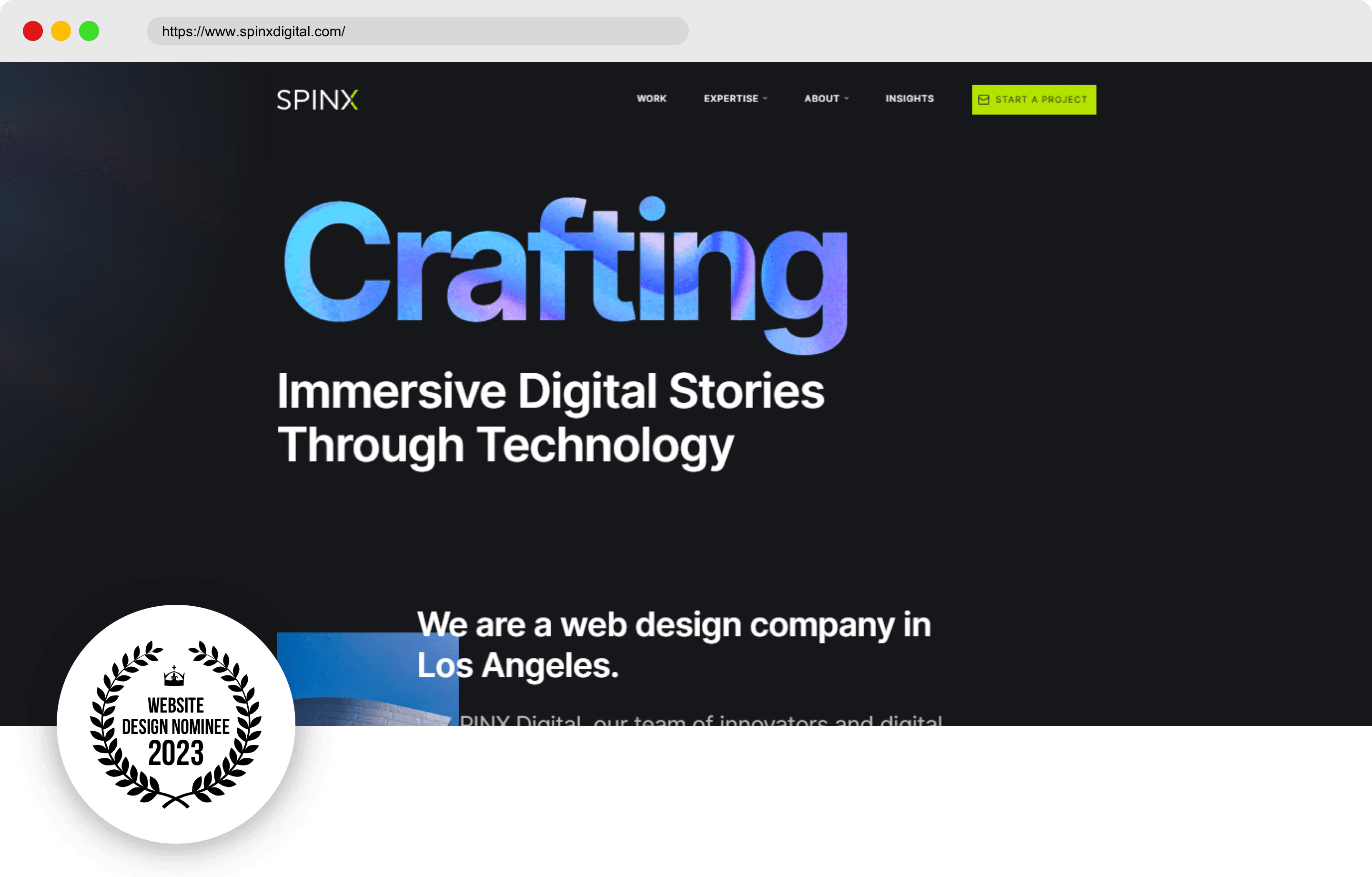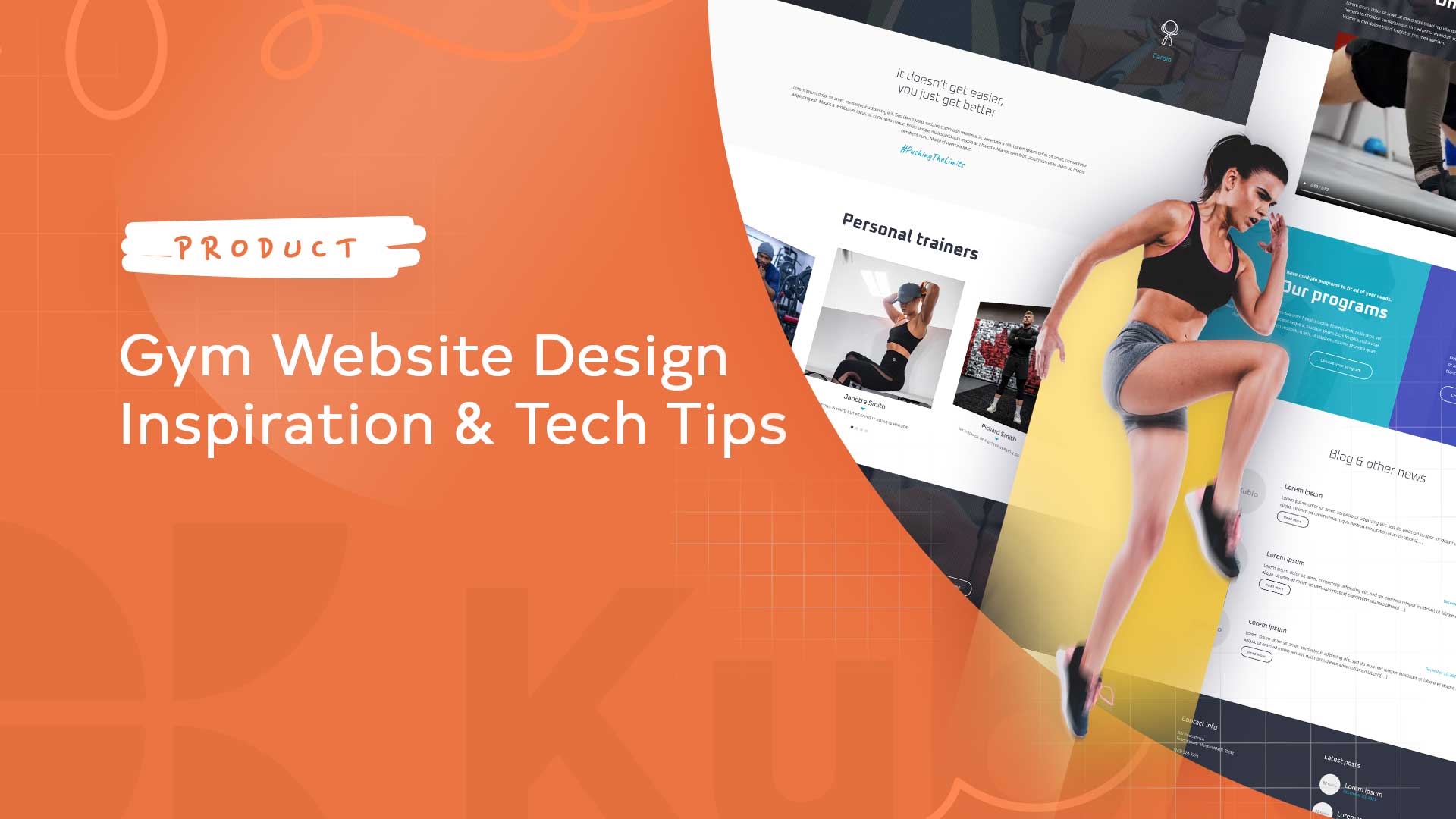How Website Design Affects Your Website’s Loading Speed and Performance
How Website Design Affects Your Website’s Loading Speed and Performance
Blog Article
The Ultimate Overview to Modern Web Site Design Trends
In the ever-evolving digital landscape, contemporary internet site layout patterns play a vital role in shaping user experience and interaction. From the rise of minimalist style concepts that prioritize simplicity to the influence of bold typography in specifying brand identity, each aspect contributes to a cohesive online presence. The focus on receptive and mobile-first strategies, along with innovative microinteractions, better enhances use. The expanding emphasis on sustainable web design techniques mirrors a commitment to ecological responsibility. These patterns jointly increase essential inquiries regarding the future of efficient web layout and what it indicates for consumers and organizations alike.
Minimalist Design Principles
Minimal layout principles emphasize the idea that much less is extra, promoting for simpleness and functionality in visual interaction. This strategy strips away unneeded components, focusing instead on important parts that convey the desired message properly. By focusing on clarity, minimalist layout enhances customer experience, permitting site visitors to browse websites easily.
Core tenets of minimal design consist of using adequate white room, which develops a sense of balance and organization. This unfavorable room not just routes the visitor's attention to crucial elements yet likewise promotes a soothing visual ambience. Furthermore, a restricted color palette is frequently used, making use of soft hues or single systems to maintain aesthetic cohesion and stop overwhelming the customer.
Typography plays a vital function in minimalist style, where legible typefaces are picked for their simplicity and effectiveness in connecting content. Graphics and images are used sparingly, making certain that they serve an objective instead than distract from the overall message. Ultimately, minimalist style concepts cultivate a focused environment that encourages customers to engage with the web content, improving the overall effectiveness of modern-day web site design. This fad reflects a growing recognition for thoughtful, user-centric aesthetic appeals in digital spaces.
Strong Typography Choices
Accepting bold typography selections has come to be a defining feature of modern-day internet site design, as it efficiently catches interest and shares strong messaging. Developers are progressively using typography not merely as a practical aspect but as a key visual component that improves the overall aesthetic and customer experience.

Furthermore, the juxtaposition of vibrant typography with minimal style principles permits for striking contrasts, boosting readability while keeping visual charm. Making use of whitespace around bold message better highlights its relevance, ensuring that the message reverberates with the target market.
As electronic landscapes come to be much more competitive, leveraging strong typography allows brands to separate themselves and leave a lasting perception. The careful selection of font styles and their application can stimulate emotions, establish tone, and drive action, making vibrant typography an indispensable tool in modern website design. Eventually, it is an effective means to boost narration and guarantee that key messages are not only seen however also really felt.
Mobile-first and receptive Design
Responsive and mobile-first design has emerged as an important principle in contemporary web site growth, showing the boosting reliance on mobile gadgets for accessing on-line web content. As user habits changes in the direction of mobile surfing, directory developers need to prioritize producing experiences that adapt flawlessly throughout various display sizes and resolutions.
A receptive style ensures that a site instantly readjusts its layout, photos, and performance based on the gadget being made use of. Mobile-first style supporters for creating websites originally for smaller screens, subsequently scaling up to bigger display screens.
Implementing receptive and mobile-first concepts not only satisfies individual preferences yet additionally aligns with search engine optimization (SEARCH ENGINE OPTIMIZATION) methods. Significant search engines, like Google, focus on mobile-friendly websites in their positions, making it crucial for companies to take on these layout strategies. In an affordable electronic landscape, accepting responsive and mobile-first design is not just a choice; it is crucial for making sure access and involvement with a diverse audience.
Involving Microinteractions
Microinteractions play an essential duty in enhancing individual interaction and total site experience, especially in the context of mobile-first and receptive layout. These refined style aspects provide immediate feedback to users, making communications more pleasurable and intuitive. Examples consist of button animations, notification notifies, and packing indicators, which not only guide users yet also create a feeling of connection with the interface.
Incorporating appealing microinteractions can considerably enhance functionality by reducing cognitive load. When users obtain auditory or visual feedback upon performing actions, such as clicking a button or sending a type, they really feel extra positive in their options. This cultivates a smoother navigating experience, eventually enhancing individual retention.

As website style patterns remain to progress, the relevance of microinteractions can not be overemphasized. They offer as the refined yet powerful touchpoints that transform regular communications into extraordinary experiences, therefore boosting the overall performance of modern-day internet style.
Lasting Web Layout Practices
Lasting website design practices are coming to be his comment is here significantly necessary as the electronic landscape grows and ecological concerns climb. Designers and developers are acknowledging their duty to produce internet sites that not only serve individual demands however likewise decrease environmental influence. This approach includes a number of crucial techniques.
Firstly, maximizing power usage is extremely important. Internet sites must be made to fill quickly and efficiently, which minimizes server energy usage and improves customer experience. Methods such as picture compression, minimizing HTTP requests, and using modern coding practices contribute dramatically to this objective.
Second of all, picking eco-friendly holding service providers is crucial - website design. Several organizing companies are now powered by renewable resource sources, making it possible for sites to operate in a more sustainable manner. This choice reflects a dedication to reducing carbon impacts
Moreover, embracing a minimal design can improve sustainability. Fewer aspects on a page bring about less information transfer, which not just accelerates loading times however likewise preserves sources.
Lastly, promoting digital accessibility makes sure that websites get to a larger target market without unneeded bloat, aligning user experience with ecological duty. By integrating these lasting practices, web developers can contribute favorably to both customer involvement and the earth's health.
Verdict
In summary, modern web site style trends stress the combination of minimal principles, strong typography, and responsive style to enhance customer experience. Embracing these fads is important for developing impactful digital experiences that reverberate with users in a progressively competitive on-line landscape.
In the ever-evolving electronic landscape, modern site layout trends play an important duty in shaping customer experience and engagement. By focusing on clarity, minimal design improves customer experience, permitting visitors to browse sites easily.
Inevitably, minimalist style concepts grow a focused setting that encourages individuals to involve Get More Information with the material, improving the total efficiency of modern-day site layout.Microinteractions play a pivotal duty in enhancing individual involvement and overall internet site experience, particularly in the context of mobile-first and receptive layout.In summary, modern website style fads emphasize the integration of minimal concepts, vibrant typography, and receptive layout to improve user experience.
Report this page